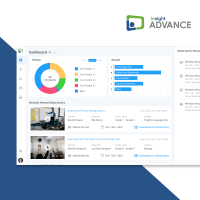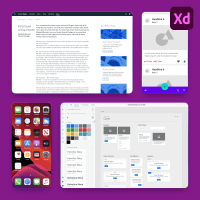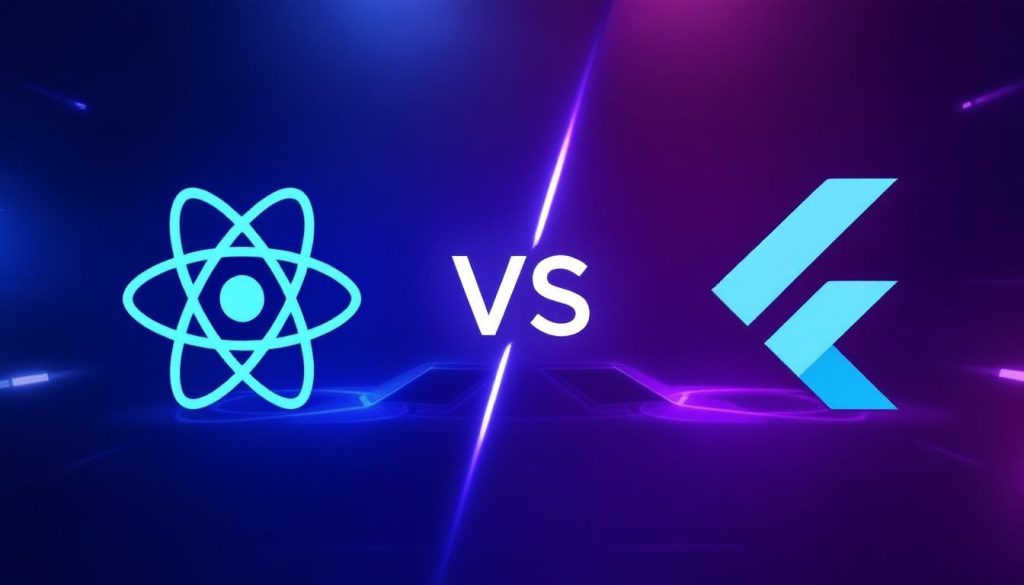
You’ve probably heard the phrase “APIs are the building blocks of modern software.” But what if I told you that APIs can be more than just a technical component? Imagine if your API wasn’t just a tool to get things done behind the scenes but a full-fledged product—a product that grows, evolves, and generates real value over time.
Sounds crazy, right? But this shift in mindset—treating your API as a product—can transform how your business operates. It’s no longer just about throwing some code together and connecting systems. It’s about creating something that developers want to use and, better yet, can’t live without.
If you’re still thinking about your API as a one-off project, you’re missing out. What if your API was the key to opening new revenue streams, improving customer experience, and creating long-lasting developer relationships? The truth is, someone else might already be doing it better. Fear of missing out (FOMO)? Good, because the future of APIs is product-focused. Let’s dive in.
Why Should You Care About Productizing Your APIs?
Productizing your APIs is not just a technical decision—it’s a strategic business move that can significantly boost your bottom line. By turning your APIs into products, you can create entirely new revenue streams through usage fees and premium access tiers, while indirectly boosting customer retention by making your products more “sticky” and harder to leave. APIs also allow you to enter new markets, opening doors to ecosystem growth by enabling partners and third-party developers to build on your platform. Instead of competing with existing offerings, APIs can complement your core products, enhancing their value and integrating seamlessly into broader business models. Ultimately, APIs are about leveraging what you already have to reach more customers, create more value, and drive growth—whether directly through monetization or indirectly through expanding your ecosystem and improving customer loyalty.
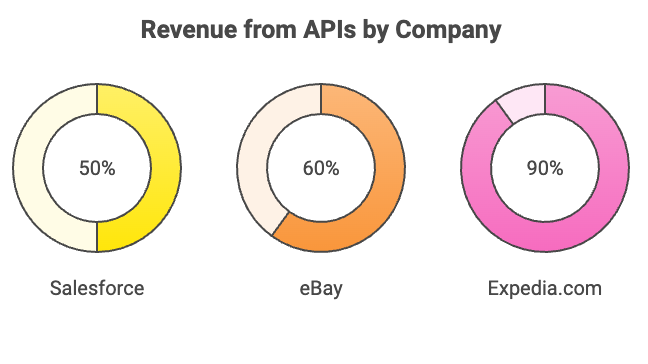
What Does It Mean to Treat an API Like a Product?
At its core, managing an API as a product means taking an API product mindset. This isn’t just about meeting a list of technical requirements; it’s about creating long-term value at scale. The API should be designed to evolve over time, catering to changing user needs and market demands.
So, who’s in charge of this API product? It’s not a project manager working through a checklist of requirements. It’s a product manager—someone who understands the API’s users, whether they are internal developers, external partners, or even paying customers. This product manager drives the API’s roadmap, constantly iterating to improve functionality, user experience, and business value.
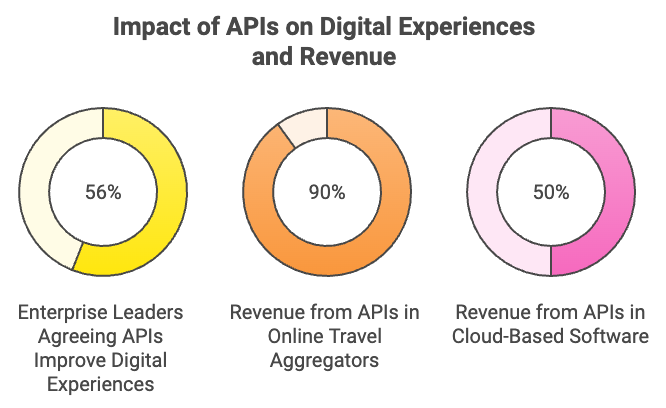
The Role of the API Product Manager
To treat your API like a product, you need someone obsessed with the customer. In this case, the customers are often developers, but don’t forget the end users those developers serve. The product manager should work hand-in-hand with both technical and business stakeholders to ensure the API aligns with company goals while continuously solving user problems.
Analytics play a crucial role here. As the saying goes, “You can’t manage what you can’t measure.” Without analytics, you don’t know how your API is being used, whether developers are running into issues, or if there’s untapped potential. You also can’t identify anomalies like bot traffic or misuse.
Here are a few questions every API product manager should be asking:
- How frequently is the API being used, and what types of requests are most common?
- Are there fields in the API that are rarely populated or misused?
- How does usage change over time, and are there geographical trends?
- What is the API’s response time during peak hours, and are there inefficiencies in how it’s being called?
The Big Change: From Developer Tool to Developer Product
Let’s get one thing straight—an API isn’t just for developers. It’s a gateway to your ecosystem. In the same way that an iPhone app or SaaS platform is a product, your API should be seen as a service that delivers value. Developers are your customers, and their experience with your API should be as seamless and delightful as using a well-designed app.
Look at companies like Twilio, Stripe, and OpenAI—they built billion-dollar businesses on the back of APIs. Their secret? Treating their APIs as products, obsessing over the **developer experience** (DX), and continuously improving.
The difference between a good API and a great one is the experience it provides to developers. If your API is clunky, confusing, or hard to implement, it doesn’t matter how powerful it is—developers will move on. But if it’s intuitive, well-documented, and supported by excellent tools, it becomes indispensable.
What Does a Great API Product Look Like?
Now, you’re probably thinking, “Okay, this all sounds good, but what does an API-as-a-product approach look like in action?”
Let’s break it down:
1. Developer Experience (DX)
First and foremost, your API should offer a frictionless developer experience. Think of DX as the customer service for your API. Developers should have all the tools they need to implement the API quickly and successfully. This means clear, comprehensive documentation, step-by-step tutorials, and sandbox environments for testing.
For example, let’s say your API is for a logistics platform that provides real-time shipment tracking. Instead of just offering technical documentation, you can provide use-case-driven guides like “How to Set Up Real-Time Shipment Notifications in 10 Minutes”. You want to make your API as easy to use as possible, lowering the barrier to entry.
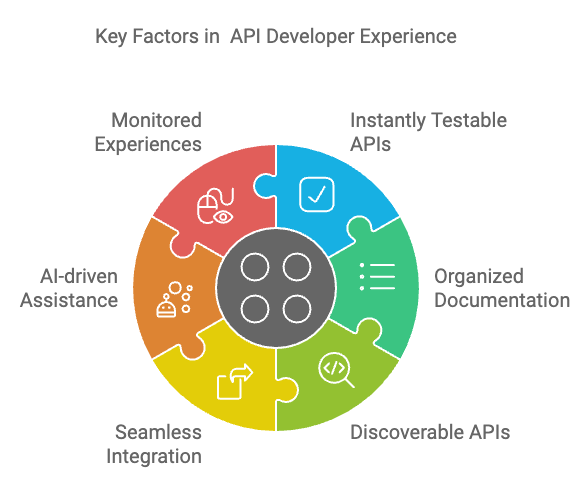
2. API Analytics
You wouldn’t launch a product and then never check how it’s performing, right? The same goes for APIs. Analytics help you track how your API is being used, what’s working, and where users are getting stuck. With tools like Postman and API management platforms, you can gain insights into API usage patterns, identify bottlenecks, and continuously improve.
Let’s say your API has a feature that allows users to retrieve product data from a catalog. If analytics show that this endpoint is rarely used or takes too long to respond, that’s a signal for optimization. Maybe the feature isn’t as valuable as you thought, or maybe there’s an issue with performance.
3. Security and Stability
A product that crashes constantly or is vulnerable to attacks won’t be around for long. API stability and security are paramount. This means implementing rate limiting, monitoring for malicious activity, and ensuring high availability. Your API should be reliable enough for developers to depend on it—after all, they’re integrating it into their own systems.
Consider companies like Mailchimp or Spotify. Their APIs are the backbone of many third-party applications. If those APIs go down, businesses lose functionality, and trust erodes. High availability and scheduled downtime communication are essential to keeping your API—and your customers—up and running.
4. Monetization Potential
Treating your API like a product opens up monetization opportunities. You can offer tiered pricing, with basic features available for free and premium services behind a paywall. Or, like Twilio and Stripe, you can charge for API usage based on volume.
For example, you might offer a free tier that allows up to 1,000 API calls per month, but charge for higher volume access or advanced features. This not only incentivizes adoption but also creates a new revenue stream.
How Do You Build and Manage an API Product?
Here’s a step-by-step approach to building and managing your API like a product:
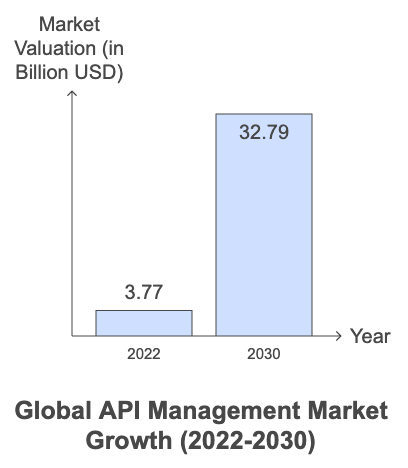
1. Assign a Dedicated Product Manager
Your API needs a champion—someone whose sole responsibility is to drive its success. The product manager should have both technical knowledge and a clear understanding of business goals. They need to be able to speak the language of developers while also aligning the API with the broader product development strategy.
The product manager is responsible for creating a roadmap that includes continuous iteration, feature enhancements, and addressing technical debt. They must also ensure that the API delivers long-term value to users.
2. Build a Developer Portal
Your API’s developer portal is the face of your API. It’s where developers go to learn about your API, access documentation, and get support. A great developer portal does more than just host technical docs—it provides an easy onboarding experience, offers step-by-step tutorials, and serves as a self-service support hub.
To build a successful developer portal, it needs to answer questions like:
- What does this API do?
- How do I get started?
- How do I use this API in a specific use case?
- Where do I go for help?
Don’t just throw up a few docs and call it a day. Make sure your portal includes SDKs, code examples, and even a sandbox environment where developers can test the API before going live. This way, you provide a full end-to-end experience.
3. Set Up API Analytics
Your API product manager needs data to make informed decisions. API analytics help track usage trends, identify performance bottlenecks, and uncover areas for improvement. Use analytics to monitor:
- API call volume: What endpoints are being used the most?
- Response times: Are there periods where response times slow down?
- Error rates: Are developers struggling with specific error codes?
These insights guide decisions on scaling infrastructure, improving documentation, or adding new features.
4. Monetize Your API
If your API is valuable enough, people will pay to use it. Implement a monetization model that aligns with your business goals. Some common approaches include:
- Usage-based pricing: Charge users based on the number of API calls they make.
- Freemium model: Offer a free tier with limited access, and charge for premium features.
- Subscription: Charge a monthly or annual fee for API access.
For example, if your API powers a messaging service, you could offer 1,000 messages per month for free, but charge for higher volumes. Or, you could introduce premium features like advanced analytics, customized integrations, or priority support.
5. Iterate Continuously
Once your API is out in the wild, don’t just leave it on autopilot. Treat it like a living, breathing product that needs continuous iteration. Gather feedback from developers, analyze usage data, and make improvements over time.
For example, if you notice that a particular feature isn’t being used, consider whether it’s necessary. On the other hand, if there’s an underused feature with high potential, improve the documentation or provide tutorials that explain its benefits.
Why Choose Impekable?
At Impekable, we’re experts at turning APIs into products. We don’t just build functional APIs; we focus on creating long-lasting value through superior developer experiences, cutting-edge technology, and a customer-first mindset.
Our mission is simple: To help companies unlock the full potential of their businesses and get faster ROI by digitizing services. APIs can be part of that value chain by thinking of them as products, not just technical components.
What sets Impekable apart?
- Strategic Partnership: We’re not just here to execute—we’re your strategic partners. We help you determine which APIs to build, prioritize them, and design them to align with customer value and create a seamless developer experience.
- Developer-Centric Approach: We prioritize the developer experience, ensuring that your API is easy to use and well-documented.
- Proven Track Record: We’ve worked with API-first companies including Google Firebase, Twilio, and Stripe, building APIs that drive business success.
- Full-Service Partnership: From API design to implementation to post-launch support, we’re with you every step of the way.
Conclusion
In today’s fast-paced digital world, treating your API like a product isn’t just a nice-to-have—it’s a competitive advantage. APIs aren’t just backend tools; they’re front-and-center components that can drive revenue, improve customer experience, and create strong developer relationships.
Are you ready to transform your API into a high-performing product that delivers long-term value? Let’s get started. Contact Impekable today, and we’ll help you build an API that developers love—and that drives your business forward.
Frequently Asked Questions

Pek Pongpaet
Helping enterprises and startups achieve their goals through product strategy, world-class user experience design, software engineering and app development.
|
Book Free Consultation
-

“Impekable delivered multiple, fantastic options for us… they genuinely cared about the project and our goals.”
Co-founder, JSwipe, acquired by Tinder
Our Case Studies
